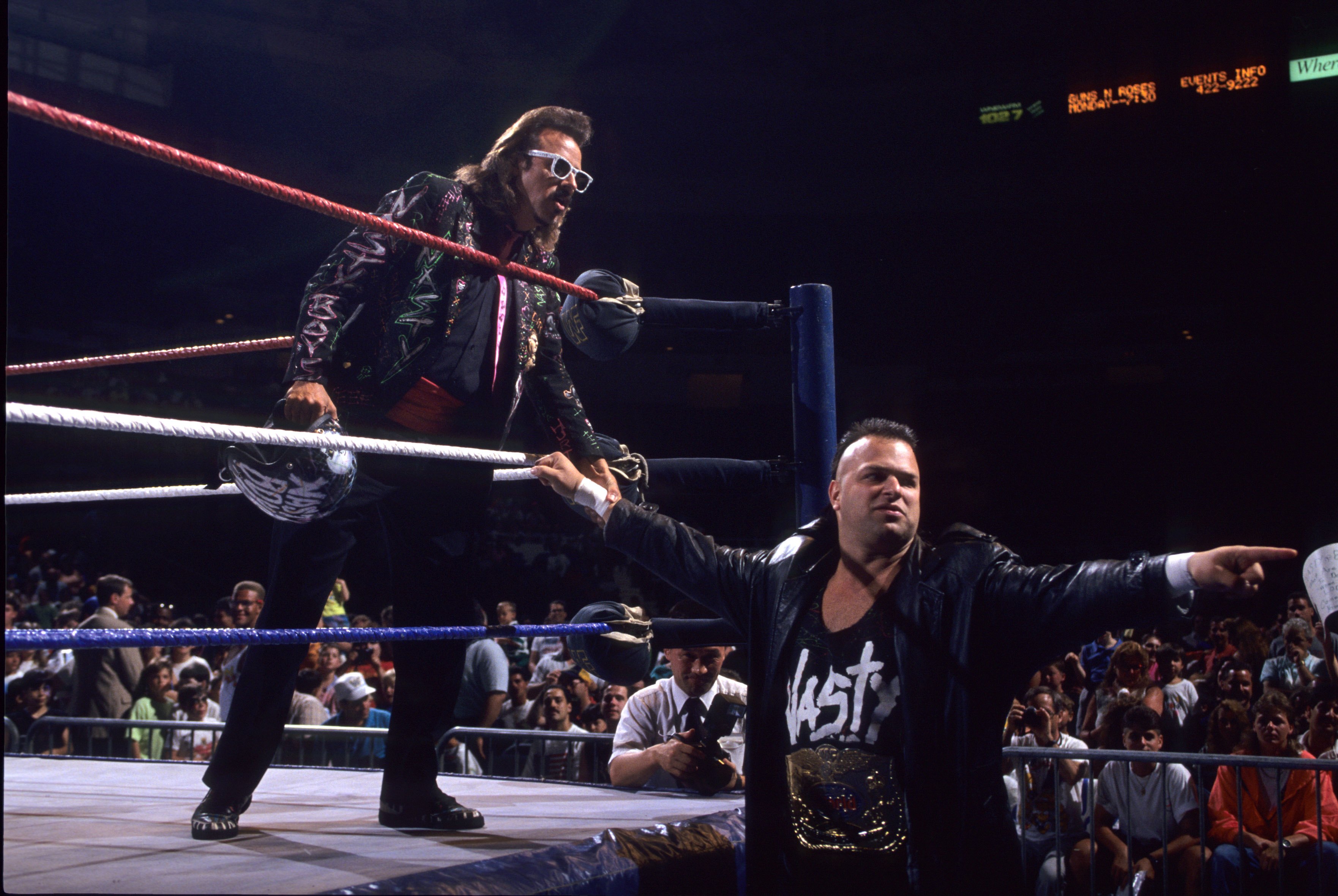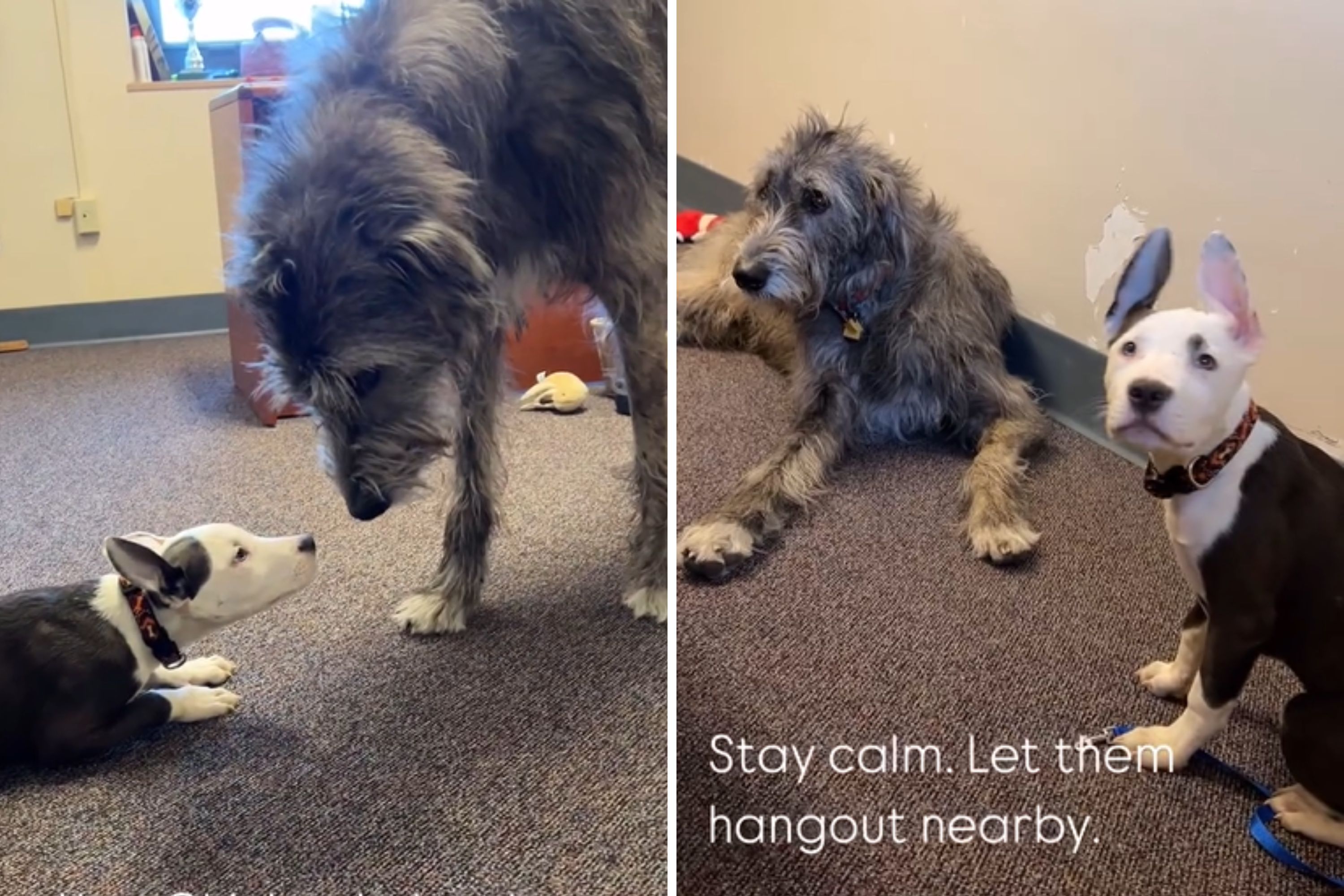Streaming television may still be the wild west, but FX boss John Landgraf has always had a pretty good lay of the land. The exec who coined the term “peak TV” has ushered in a lot of hits over the years, and right now, the FX slate boasts the year’s most critically acclaimed series, including The Bear, Shōgun, Fargo, and more. And though FX has been nimble about adapting to the streaming era (and to its new parent company, Disney), the business practices remain rooted in the tried-and-true methods of television, like ordering a pilot episode.
As FX Entertainment co-president Nick Grad explains in a new profile for Variety, “Cutting our risk into small [financial] milestones along the way definitely allows us to be much ballsier with our choices.” His example is the pilot for Atlanta, which creator Donald Glover wanted to be directed by music video director Hiro Murai—and because the commitment was for just one episode, FX execs were more willing to gamble on an untested director. “If we weren’t making pilots, I don’t know if we’d make that decision on Hiro, who turned out to be one of the most talented narrative directors in the entire industry,” Grad says.
Investing in pilots before full seasons (which is becoming less common in the streaming age) is just one of the ways FX stays successful. Maintaining both streaming (via FX on Hulu) and the linear network is also part of its strategy: Disney Entertainment co-chairman Dana Walden says, “We view it more as a windowing strategy versus an either/or.” But while other streaming services seem to be churning out as much lowest common denominator TV as possible, FX still works by the idea to “make really original, cool shit, and the rest will sort itself out.” And that seems to manifest in making streaming work for its shows, not making shows work for streaming.
For example, “You couldn’t make Shōgun for anything other than a global streaming platform. You need a global audience to amortize the cost,” Landgraf says. “We proved that Disney should be making this kind of programming. But we didn’t do it without them. We made it with them, and we distributed it with them. And it worked.”




















 English (US) ·
English (US) ·